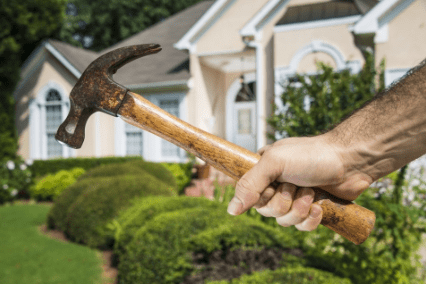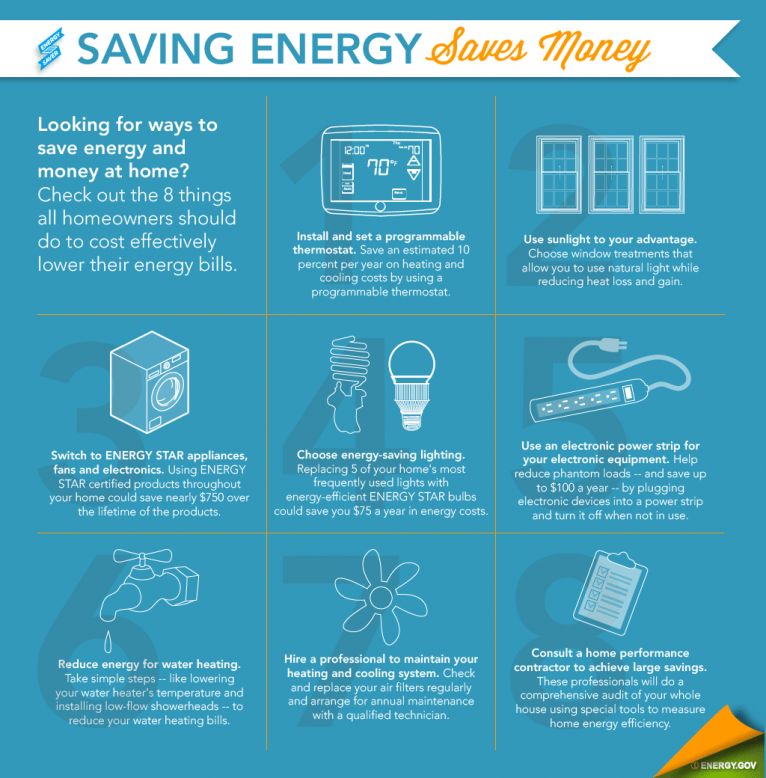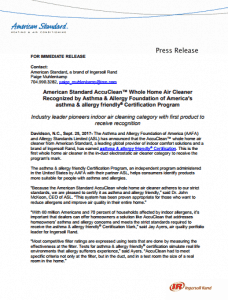 It’s very important to maintain and protect the efficiency of the ductwork in your home. Your home’s ductwork plays a large role in the overall health and safety of your home’s interior environment. Whether it’s warm or cool, clean or contaminated air, all depends on the cleanliness and efficiency of your home’s duct system.
It’s very important to maintain and protect the efficiency of the ductwork in your home. Your home’s ductwork plays a large role in the overall health and safety of your home’s interior environment. Whether it’s warm or cool, clean or contaminated air, all depends on the cleanliness and efficiency of your home’s duct system.
How Dirty Ductwork Can Contaminate Your Home
Generally speaking, regular duct cleaning helps to prevent many health problems. During the regular operation of your HVAC system, dust, pollen, pet dander and other pollutants blow through the duct system. Many of those particles accumulate along the walls of the duct system. When this accumulation is allowed to sit, all the remaining air in the home blows past it. Small particles may loosen from the sides of the walls and get blasted straight into the living areas of your home through the AC vents. So, while your family is enjoying the cool breeze of your air conditioning system, they are also being exposed to contaminants such as mold, mildew, ragweed, pollen, pet dander and more.
Health Benefits of Duct Cleaning
Those who suffer with allergy symptoms may have fewer symptoms — and less often — with regular duct cleaning. When ducts are cleaned, the buildup of dirt, dust and allergens that has accumulated along the walls of the duct system are removed. The result is clean, smooth walls that allow for fresh, clean air to flow safely through your home’s ductwork. When your family uses the AC, all they will get is cool, clean air, instead of the contaminated air from ductwork that hasn’t been cleaned.
Duct Cleaning Improves Efficiency
All that accumulated dirt and dust also severely hinders the efficiency of your home’s HVAC system. The proper and efficient running of your HVAC depends on a wide, open duct system, where air can flow through unhindered by the accumulation of dirt and debris. Maintaining proper airflow through your home’s HVAC system is critical to keeping energy bills in check and maximizing the life of your furnace and AC system. In addition, duct cleaning includes cleaning and/or replacement of all the filters in your HVAC system. These filters also play a crucial role in the smooth and efficient operation of your HVAC unit. When your HVAC professionals conduct a ductwork cleaning, you’ll notice the difference right away, both in the quality of air you breathe and the smooth running of your HVAC system.
Why Regular Duct Cleaning is So Important
It may be surprising to you to realize how quickly dirt, dust and other contaminants can build up in your home’s duct system. But if you think about how much dirt is brought into your home through shoes and regular day-to-day living, you can imagine that the same thing is happening inside your AC ductwork. That’s why it’s important to get routine cleaning of your ductwork.
Don’t wait until your HVAC system stops working efficiently. Contact the professionals to schedule your ductwork cleaning today! Our service technicians can clean your ducts and get you on a regular maintenance schedule right away.







